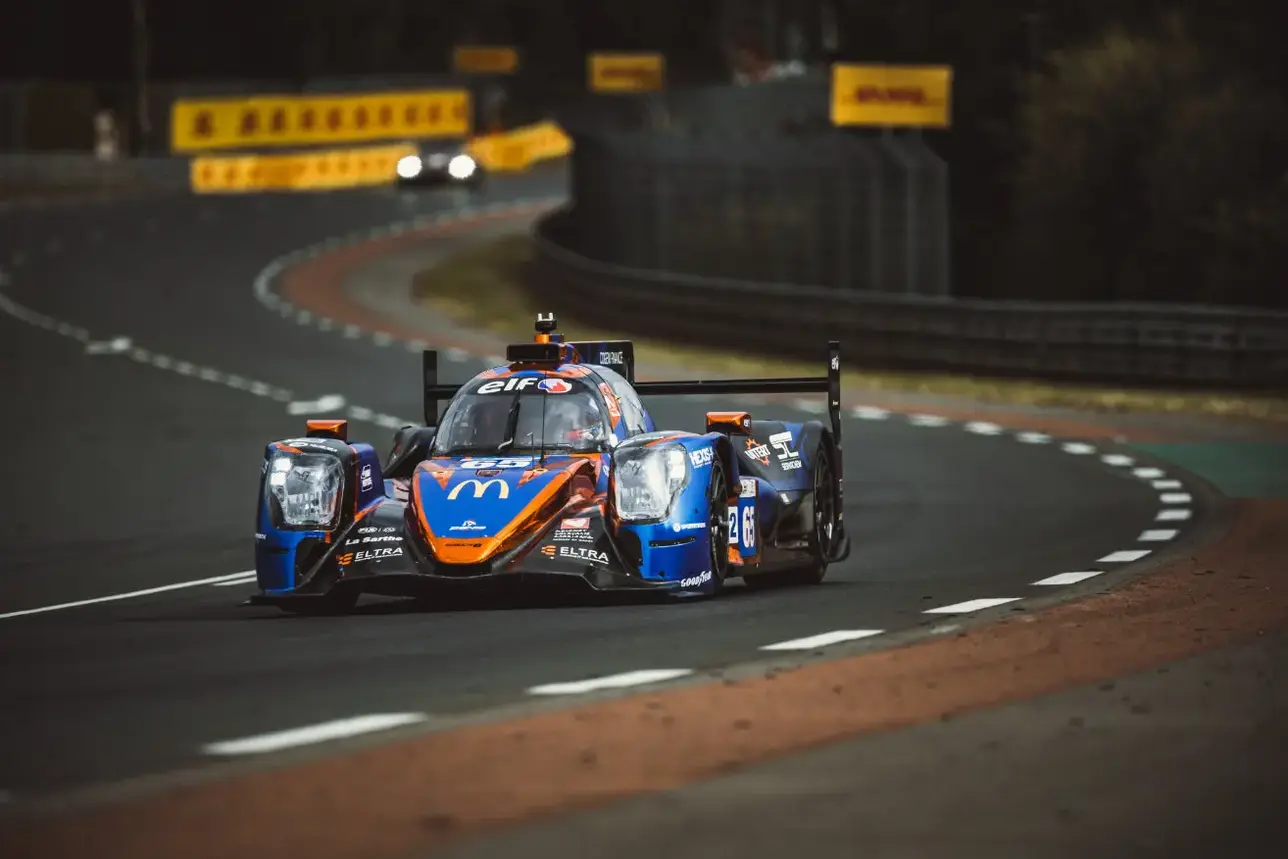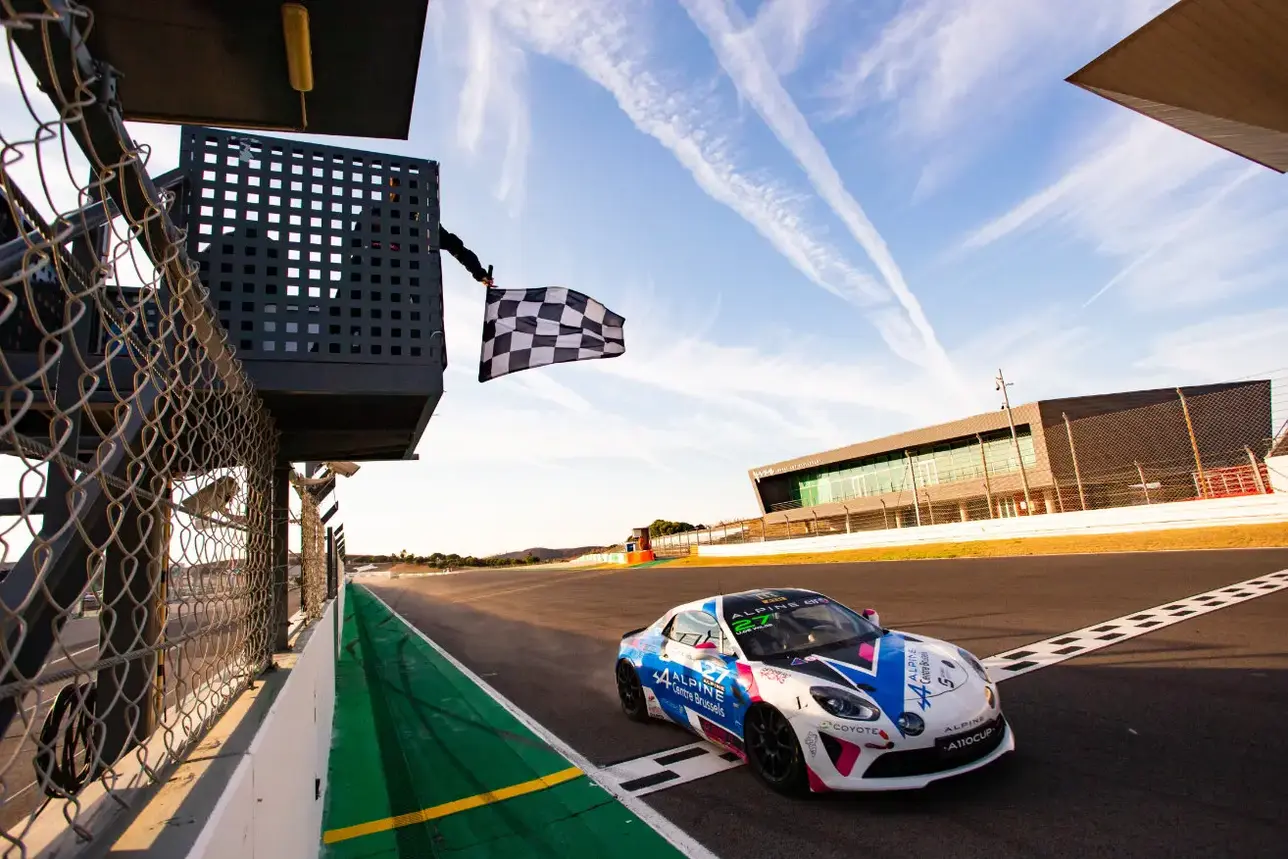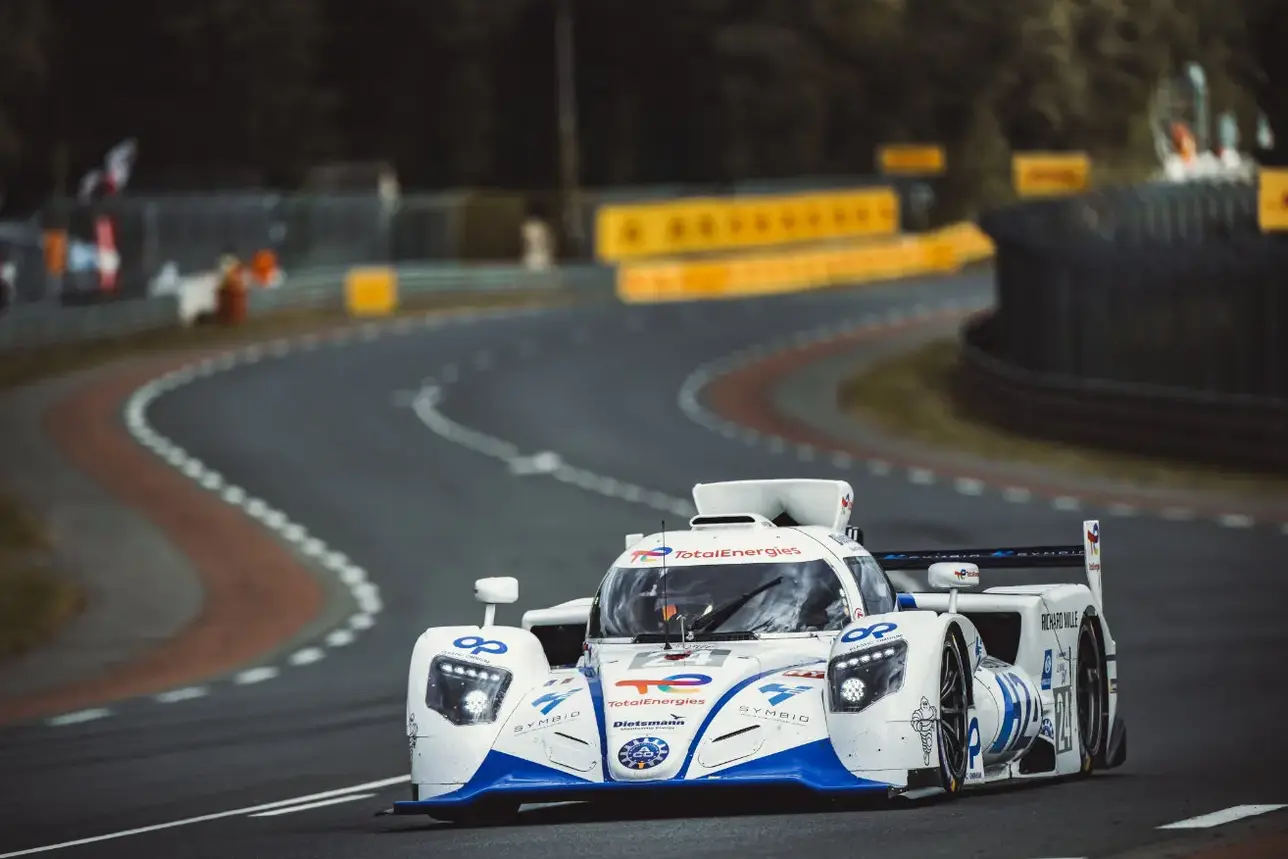
WEC rules
The FIA World Endurance Championship (WEC) was created in 2012 by a partnership between the Automobile Club de l'Ouest (ACO) and the Fédération Internationale de l'Automobile (FIA). It restored long-distance racing to its former glory, 20 years after the end of the World Sports Car Championship (WSC: 1953-1992). Each year, it recognizes in separate rankings for the drivers, teams and manufacturers who have scored the most points in their respective category. 2021 marked the start of a new era for the discipline, with the advent of the highly anticipated Le Mans Hypercar category replacing the LMP1 prototypes. The new class has proven so successful that 18 prototypes, built by eight different car manufacturers, are set to contest the 2025 season, including two PEUGEOT 9X8 and two Alpine A424 prototypes, backed by TotalEnergies and ELF respectively. The LMGT3 category, introduced in 2024, has attracted no fewer than 18 cars and nine manufacturers.

Races
For the 2025 season, the FIA WEC World Championship has eight rounds, contested on the American continent, in Europe, Asia and the Middle East. The duration of the races varies, depending on the circuit, from 6 hours for the shortest (Imola, Spa, Sao Paulo and Fuji) to 24 hours for the longest (Le Mans). At the end of each race, points are awarded to the first 10 according to the following scale: 25, 18, 15, 12, 10, 8, 6, 4, 2 and 1 pt*. Finally, an additional point is awarded in each category to the team and drivers of the car crew having obtained pole position.
* Two types of race have a specific scale:
- those of 8 and 10 hours: 38, 27, 23, 18, 15, 12, 9, 6, 3, 2 pts.
- the 24 Hours of Le Mans: 50, 36, 30, 24, 20, 16, 12, 8, 4, 2 pts.
The technical regulations
Closed cockpit vehicles entered in the FIA WEC are classified into two distinct categories: one category for Hypercar prototypes and one category for GTs called LMGT3.
For their part, the pilots are divided into four groups according to their record: Platinum, Gold, Silver or Bronze. This classification makes it possible to define the crews authorized to compete according to the categories.
Hypercar

Big news for 2021, the category sees two types of cars stand out:
- LMH (Le Mans Hypercar, from 2021)
- LMDh (Le Mans Daytona hybrid, from 2022)
The Le Mans Hypercar (LMH) regulations allow manufacturers great latitude in designing their prototype, with the freedom to opt for different types of engine, hybrid power or not, rear-wheel or four-wheel drive, etc. Toyota, Peugeot, Ferrari and Aston Martin have all chosen the LMH sub-category.
Conversely, the LMDh sub-category enables manufacturers to design their prototype based on a certain number of defined components such as the chassis, which must be chosen from four providers, or the single source rear wheel drive hybrid system. The manufacturers are free to design the engine and bodywork on the cars. Porsche, Alpine, Cadillac and BMW have opted to go down the LMDh route.
The regulations set the maximum power and minimum weight of all Hypercar prototypes (500kW, 1030kg). Thanks to the Balance of Performance (BoP) system, which ensures sporting fairness throughout the field, the performances of the LMH and LMDh prototypes are deliberately kept very close to one another. This means that both types can compete in the FIA WEC - World Endurance Championship and the North American Endurance series, the IMSA WeatherTech SportsCar Championship.
Vehicles:
- Minimum weight: 1030 kg
- Balance of Performance: ensures sporting fairness throughout the field
- Maximum power: 500kW
- Sole tire manufacturer: Michelin
- Cost control: reduced budget
Crews:
- Bronze pilots are not admitted.
LMGT3
New for 2024, and replacing the LMGTE technical regulations in force since 2012, the LMGT3 category is based on the existing FIA GT3 platform, with a certain number of adaptations specific to Endurance such as luminescent numbers for example. Coming from a road car built and sold at the time of approval, and of which it retains the shape, the racing version emancipates itself via a certain number of adaptations. In 2025, there will be eighteen on the FIA WEC starting grid and will represent the sports models of the biggest manufacturers: Ferrari, Aston Martin, Porsche, BMW, Ford, McLaren, Lexus, Corvette and Mercedes-AMG.
Vehicles:
- Minimum weight: 1280kg
- Balance of Performance: ensures sporting fairness throughout the field
- Top speed: 300 km/h
- Sole tyre manufacturer: Goodyear
Crews:
- LMGTE Am: at least 1 Bronze driver and 1 Bronze or Silver driver.
Committed 2025
- 36 cars including 18 Hypercars and 18 LMGT3s
344.5 km/h
- The top speed reached by the best Hypercars at the 24 Hours of Le Mans
The manufacturers
- Alpine
- Peugeot
- Ferrari
- Porsche
- Toyota
- Cadillac
- BMW
- Aston Martin
- McLaren
- Ford
- Lexus
- Corvette
- Mercedes-AMG
2025 FIA WEC - World Endurance Championship calendar
- 1812 km of Qatar (Qatar) 28 February
- 6 Hours of Imola (Italy) 20 April
- 6 Hours of Spa-Francorchamps (Belgium) 10 May
- 24 Hours of Le Mans (France) 14-15 June
- 6 Hours of São Paolo (Brazil) 13 July
- Lone Star Le Mans (USA) 7 September
- 6 Hours of Fuji (Japan) 28 September
- 8 Hours of Bahrain (Bahrain) 8 November
Update in March 2025
To go further

ELMS

Opel e-Rally Cup

Alpine ELF Europa Cup
